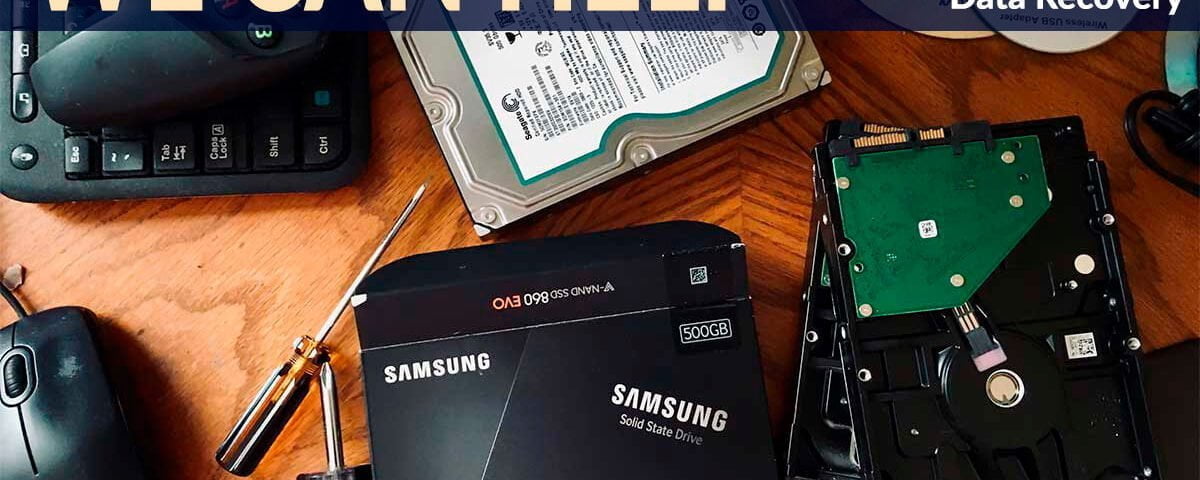After a long and productive Canal Days weekend I hooked my 360 camera to the computer with a mind to browsing some of the files and video footage taken. My software was behaving oddly, so I did the usual first thing and checked for updates. Finding some, I applied them, and rebooted the machine when prompted. So far, so similar. Nothing I haven’t done thousands of times over the years.
Except that this time was different. After the reboot I browsed to my camera again. And the computer told me the card needed to be formatted. Oops. This card held unique footage of the Duck Race, taken from a boat on the water – I was deploying the boom to catch the ducks once they were released. This footage was irreplaceable. There are no do-overs.
Hmph. Annoying. With my background in computers, I was hardly out of options yet. There were tricks to be tried before giving up. I was not ready to accept all that video was gone for good. First, I again did the obvious. Turned the camera off and back on. No fix. Ah, well, it was a long shot. Next, I opened the camera and removed the mini SD card. Popping it into an adapter, I plugged it directly into the card reader in the computer. That also told me the card had to be formatted. So it wasn’t the camera connection. It was the card. Bum.
Opening a command prompt, I identified the drive letter and ran a quick chkdsk scan on the card. The scan revealed errors. To fix them, I could rerun the scan with the ‘/f’ switch (f for fix). The possible problem with that is it involves rewriting things. Which could make things worse, rendering the data completely unrecoverable. But it was a small risk. So I hit ‘enter’ and watched text and numbers scroll…
Drum Roll
A few seconds later, the process was complete and I was looking at a flashing cursor. The prompt message on the screen told me that errors had been found and fixed. That meant the card was now readable. It did not mean I had any files. Switching to File Explorer I navigated to the newly repaired card. And all my precious data was there.
I immediately copied the video files onto my hard drive, just in case. This was always part of the plan, because cards do fail. With the files transferred my backup process kicked in automatically and they are now as safe as any of my other files. And the card continues to operate. I’ll keep an eye on it, obviously, but it’s only a few months old and has never misbehaved before, so I believe the issue was a one-off. I won’t reboot with my camera connected again, to ensure I don’t trigger another instance. That would be a silly chance to take, so why take it?
It has taken me longer to write this than to fix the problem. Some will say ‘You should have used a file recovery program like xxx’. But I couldn’t. The files were not deleted. Nor corrupt. The disk itself was unreadable. There were simply no files to recover. Even if there were, file recovery programs rename recovered files. Which, in the case of action cam 360 files from my Insta360 x3, breaks them. You cannot rename these files. If you do, you won’t be able to open them. At all. Period. So chkdsk, one of the oldest programs on a Windows machine, returns to saves the day. Old school for the win.
Prints and products for all images by request.
Photographer for hire for sessions, events, and private functions.
Subscribers get more. Get exclusive discounts and content delivered right to your Inbox.
